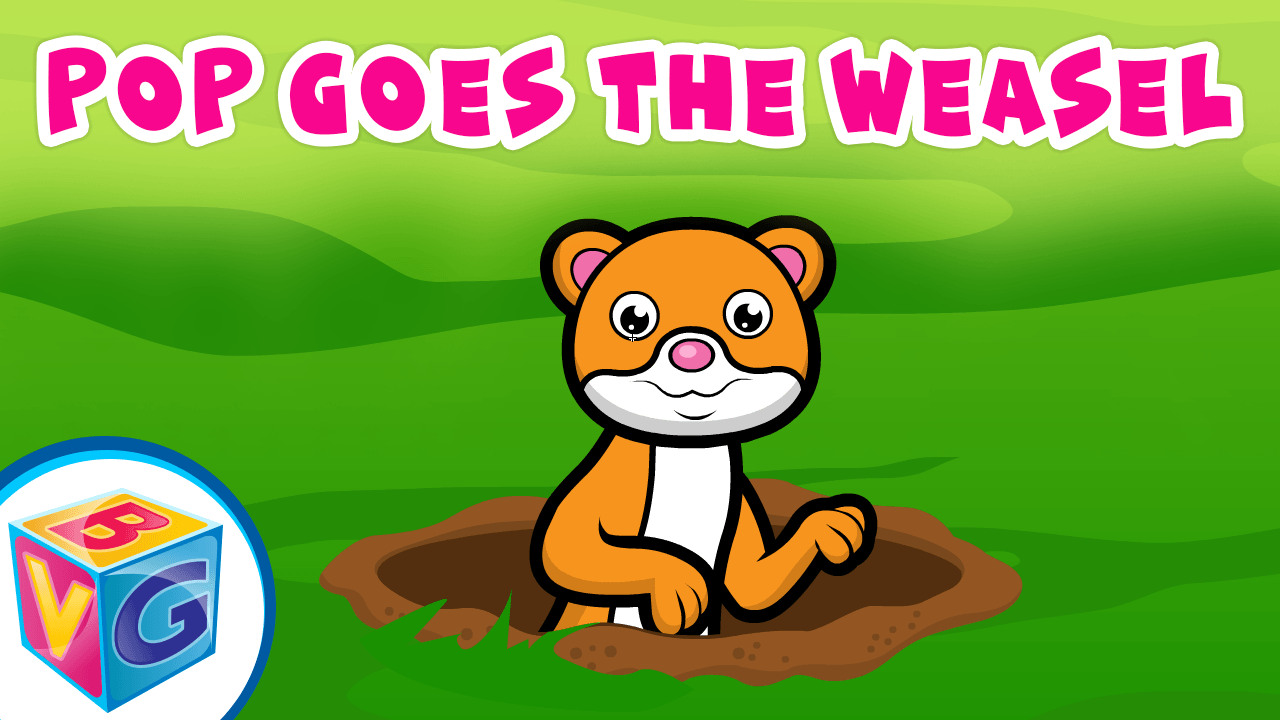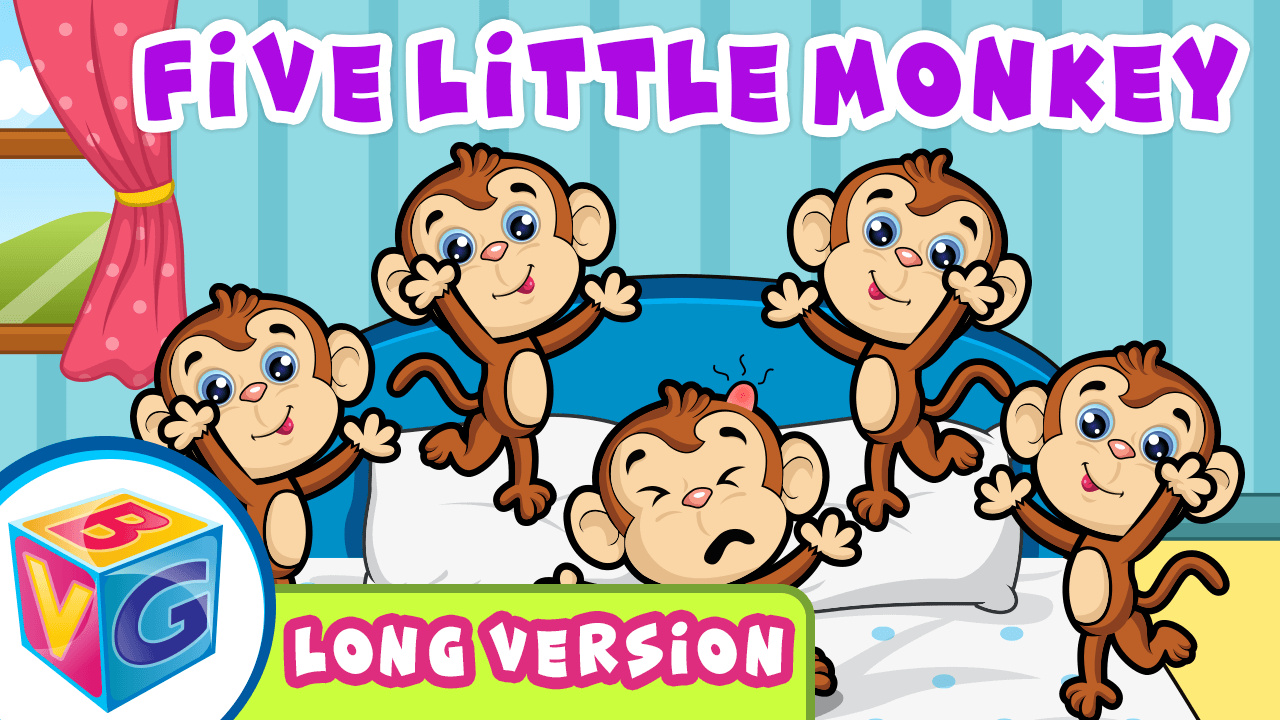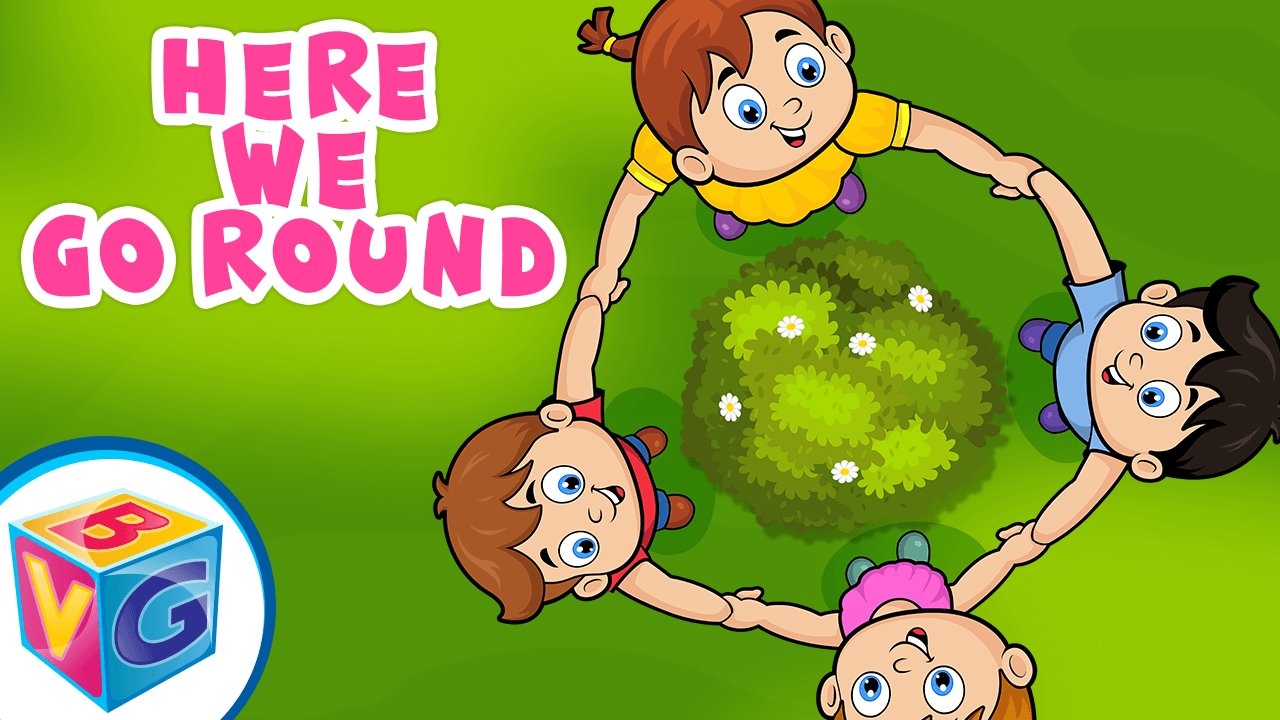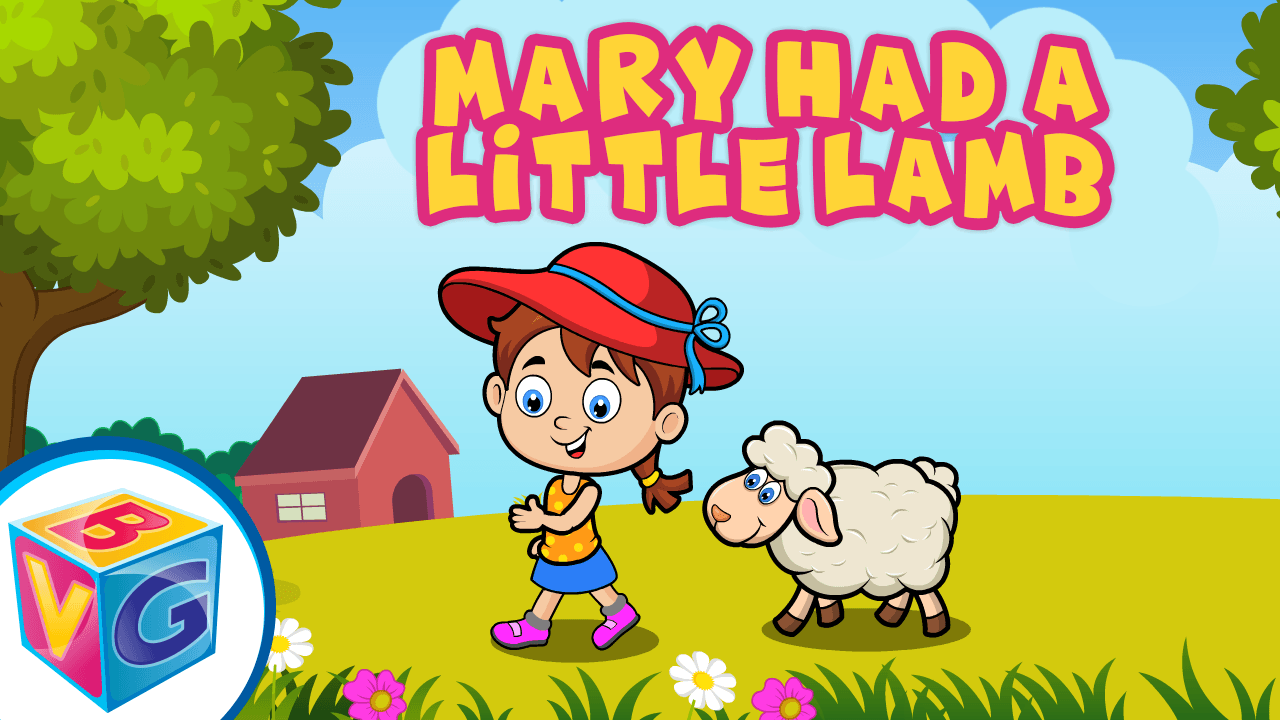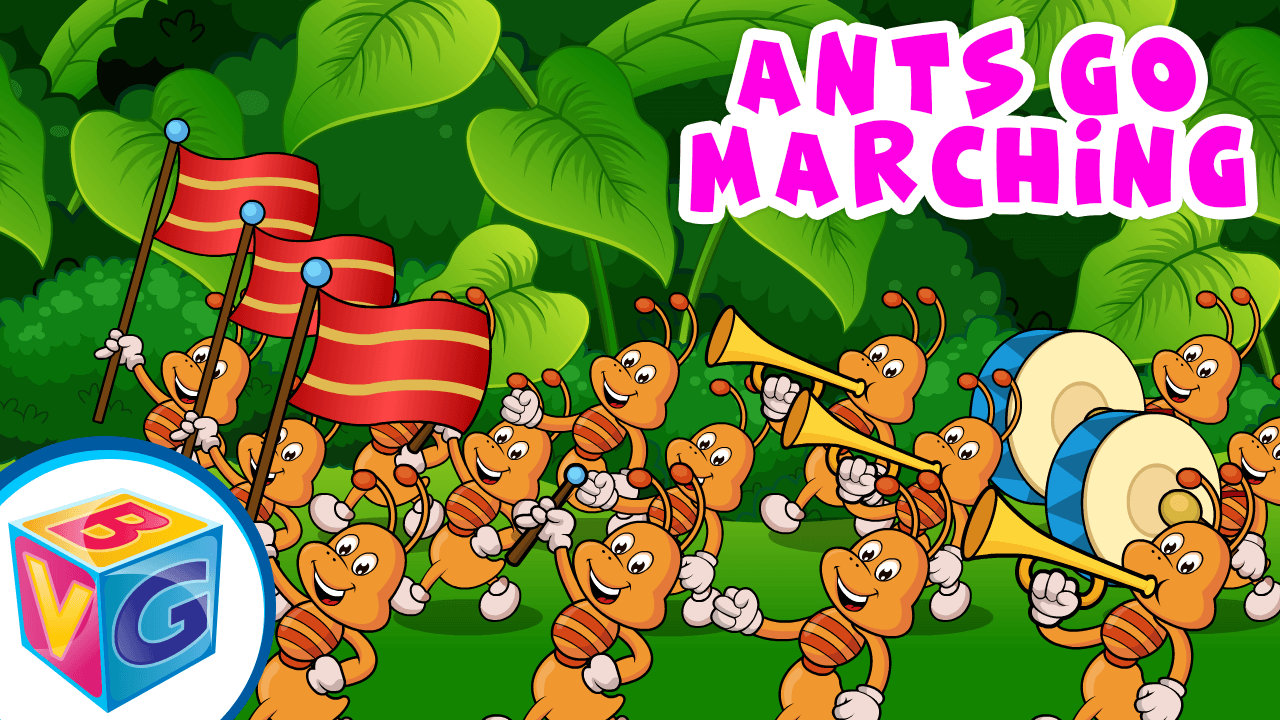Happy and You Know It
Lyrics
If you’re happy and you know it,
Clap Your Hands
If you’re happy and you know it,
Clap your hands.
If you’re happy and you know it,
Clap your hands.
If you’re happy and you know it,
And you really want to show it,
If you’re happy and you know it,
Clap your hands.
If you’re happy and you know it,
Stamp your feet.
If you’re happy and you know it,
Stamp your feet.
If you’re happy and you know it,
And you really want to show it,
If you’re happy and you know it,
Stamp your feet.
If you’re happy and you know it,
Turn around.
If you’re happy and you know it,
Turn around.
If you’re happy and you know it,
And really want to show it,
If you’re happy and you know it,
Turn around.
If you’re happy and you know it,
Clap your hands.
If you’re happy and you know it,
Clap your hands.
If you’re happy and you know it,
and you really want to show it,
If you’re happy and you know it,
Clap your hands.
after! This song is tons of laughs and movement rolled into one simple activity and, on top of being a
blast, it’s a great tool for parents to use to teach their children emotional development.
Of course, when you sing this song, you have to get on your feet. The lyrics make it easy by telling
you what to do: clap, stamp, turn around, or add your own fun actions! For young children, any
learning activity combines well with movement. Kids revel in being able to use all their strength to
stomp into the floor or get a smidge dizzy “turning around”. The same part of the brain that controls
the body’s movement also controls learning. So essentially, if you get children moving around, you’ve
immediately got a great learning environment.
This song is wonderful because it’s fun to be happy and it gets us moving, but it’s also a great tool
for developing emotional skills, which involves practicing being mad, sad, and scared (in a fun way!).
Try exchanging the emotion (change “happy” to “angry”) and then ask your child to sing the song
with you as if you’re very upset about something. “If you’re angry and you know it, stamp your feet,”
is really fun when it’s just for play – you can pout and stomp, and since it’s not real, no one will get a
time out for their attitude! Show your child how to shudder and widen your eyes as you sing, “If
you’re scared and you know it, turn around.” Make sure you’re putting on a good display of the
emotions too! Children will learn a lot about being “sad” by studying another human face. A child
who can recognize and label emotions in others or within themselves have better interpersonal skills
and get along with people better. If a child can tell someone they are sad, they don’t have to show it
by crying incessantly, or if they’re angry, they can just say it without needing to hit or yell to get their
point across.
As your child gets a good grasp of basic emotions (angry, sad, scared, happy), try moving on to more
complicated ones (embarrassed, annoyed, jealous, bored). For all of these, it’s a good idea to take a
break between song versions and discuss the new emotion – ask your child to show you his or her
happy/sad/bored face, and then talk about in what kind of situations we feel that emotion.
Depending on your child’s language level and maturity, you can even brainstorm new lyrics together
about how to deal with certain emotions – “If you’re scared and you know it, take a deep breath!” or
“If you’re angry and you know it, walk away.”
Keep this great song in mind for an afternoon that needs a boost in fun or in order to address
difficult social problems for your young child. If you’re not happy yet, then keep singing!
See more videos on this site or on YouTube.

